 资源简介
资源简介
(共16张PPT)
Unit 5
Understanding
ideas
What is shown in the pictures
A lotus flower
A termite mound
Algae
How much do you know about them
A lotus flower
It grows in most soils and in most environments, as long as they have mud or water, and as long as they can float;
It is a sacred(神圣的) flower for Buddhists(佛教徒);
It symbolizes purity, beauty, majesty(威严).
A termite mound
Termite mounds are primarily composed of termite saliva(唾液), feces(粪便) and clay.
Termites carefully construct mounds that are composed of a series of tunnels for air flow and also traveling when they are looking for food.
Algae
Algae are a kind of simple nonflowering plant.
Algae contain chlorophyll(叶绿素) but lack true stems(茎), roots, leaves.
Algae produce about half the oxygen in Earth's atmosphere.
They can be harvested using technology to generate electricity.
Now let's look at some pictures of three buildings associated with them.
How could you associate them with architecture
How much do you know about these three buildings
ArtScience Museum
The Eastgate Centre
The Algae House
Now let's read the passage Nature in Architecture.
1. Extraordinary Architects
2. Living on Earth
3. Architecture Frontier
4. Natural World
Choose the magazine in which you would most likely find the passage.
Task 1
P52 2
Location Source of inspiration Feature
ArtScience Museum
The Eastgate Centre
The Algae House
Read the passage carefully and complete the table.
Task 2
Singapore
Harare
Hamburg
The shape of lotus flower
Termites built mounds covered in little holes designed to allow air to move freely in and out.
The algae are fed with liquid nutrients and carbon dioxide to encourage them to grow. In bright sunshine, they grow faster and provide shade.
Shaped to resemble a lotus flower, its roof collects rainwater and channels it 35 metres down to a waterfall in the centre of the space.
It has a “skin” covered in holes. During the day, warm air is drawn into ...At night... comfortable temperature inside.
The surface is covered in panels that contain algae. The panels also capture heat and convert it into energy to power the building. It also can be used to produce fuel.
1. Singapore's ArtScience Museum was designed to show the connection between nature and the modern city environment in which it sits.
2. Harare's Eastgate Centre is a superb example of bioscience.
3. The Algae House in Hamburg is the second algae-powered building in the world.
4. The Algae House not only responds to its environment and uses less energy, but also reduces damage to the environment by generating
non-renewable energy.
True or false.
Task 3
biomimicry
first
renewable
Activity 4 Retell
Organise information from the passage and retell the passage according to the mind map.
Think & Share
1. Which of the three building are you most impressed by and why
2. If you were given a chance to design a building, what inspiration would you take from nature
3. Can you talk about other examples of architecture inspired by nature
Nature is always the best teacher for human beings.
Activity 6 Summary
What have you got from the text
Learning aims
1. 语言能力目标:学生感知课文的结构和语言,学习和掌握语篇中和话题相关的表达,并能运用所学表达进行交流。
2. 文化意识目标:学生基于课文内容联系生活实际,从人类向自然界学习的例子中获得启发和鼓励,深入思考人与自然的关系,合理利用自然,尊重自然规律,与自然和谐共生。
3. 思维品质目标:运用恰当的方法解决本单元的学习问题;用辩证的方法看待大自然与人类的关系;运用比较、理解、例证的方法得出结论。
4. 学习能力目标:熟练运用本单元的词汇和语言现象;根据单元内容适当调整学习策略;学会处理个人与大自然的关系。
Homework
1. To modify your mind map and rewrite down it on your note book.
2. To finish the exercise book of Unit 5 understanding ideas.
3. To preview the using language part and finish the P53 exercise.
4. To finish your summary writing and hand it in.
展开更多......
收起↑
 资源预览
资源预览
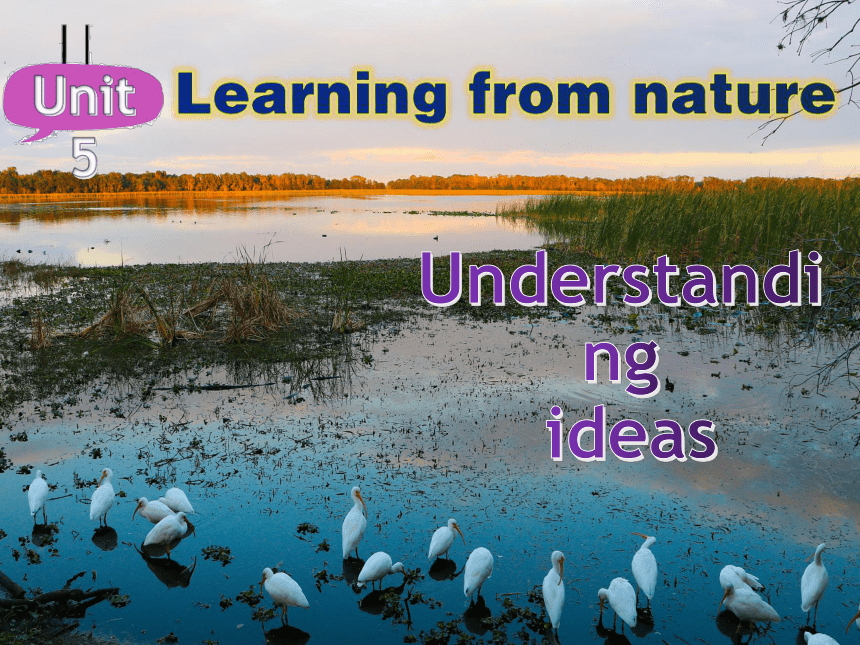
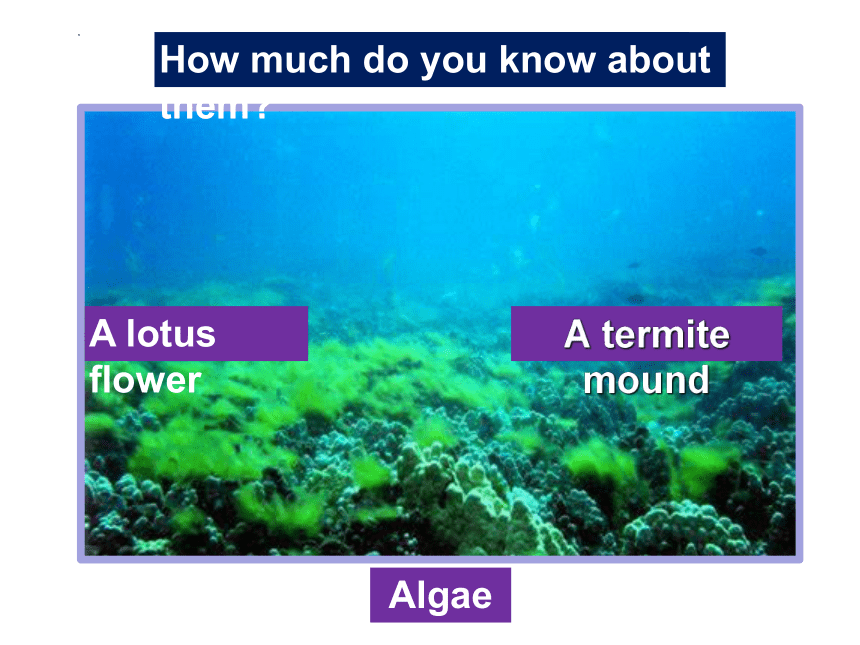
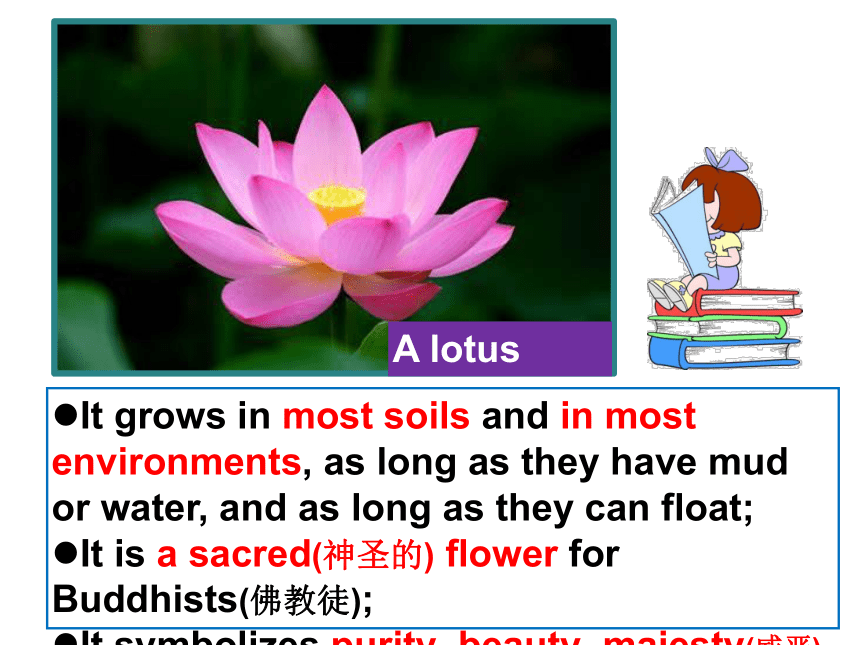
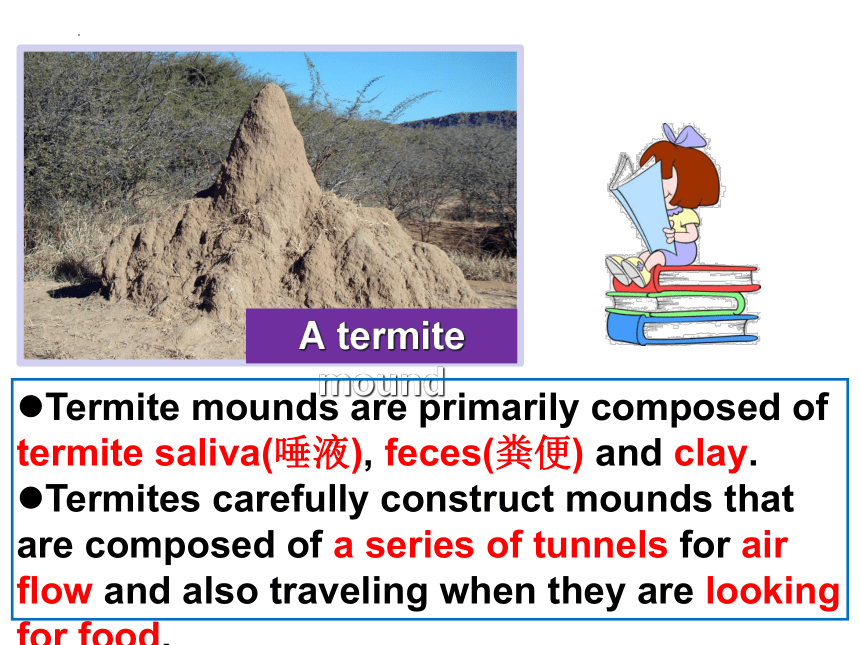
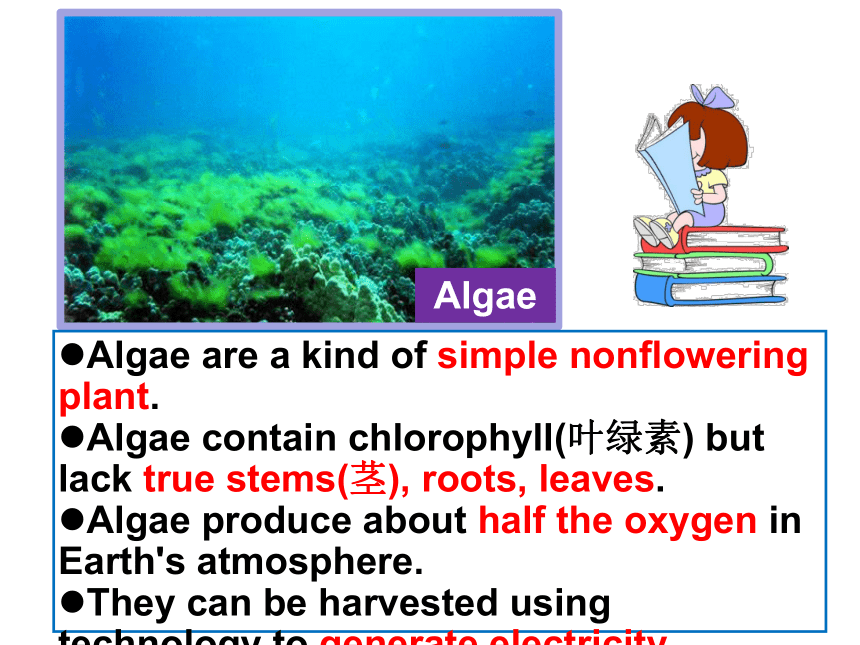
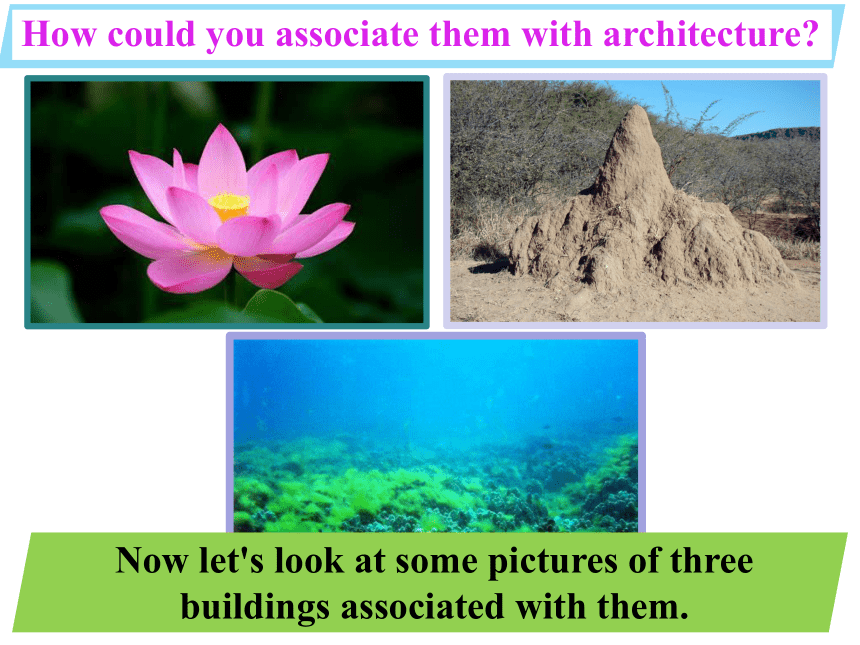
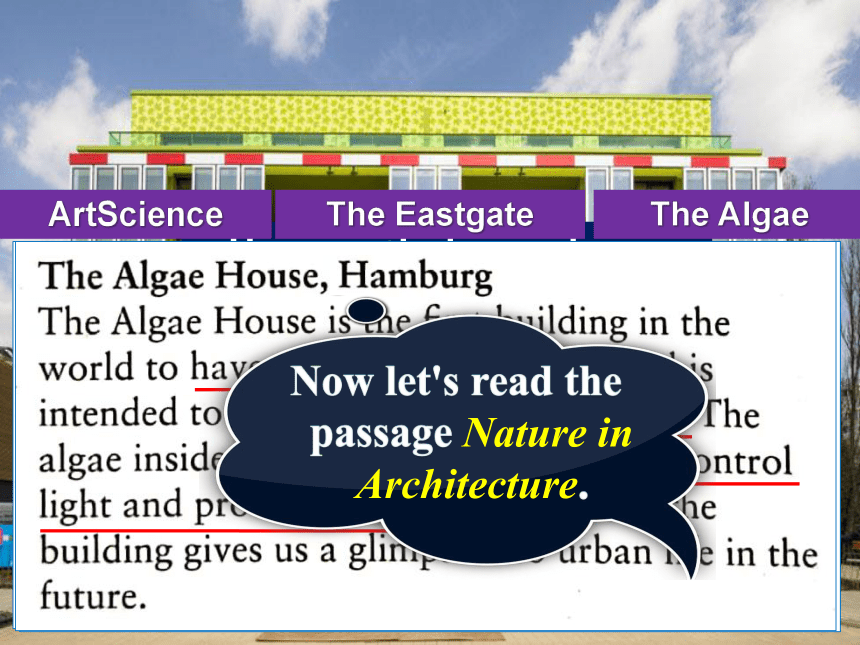
 资源预览
资源预览






